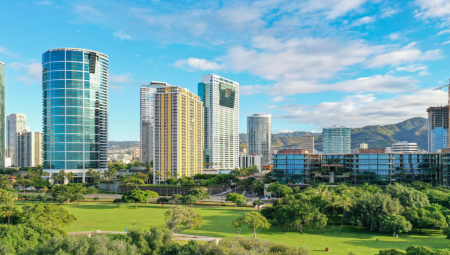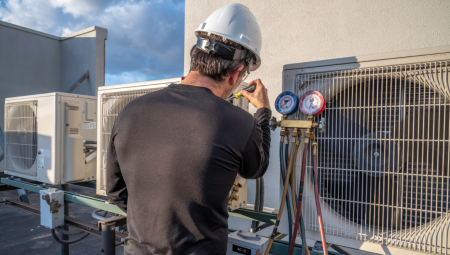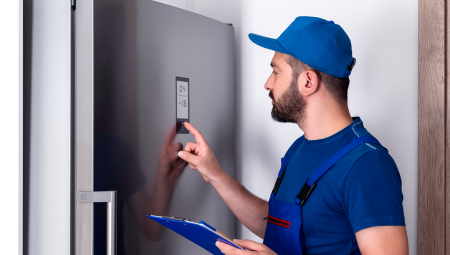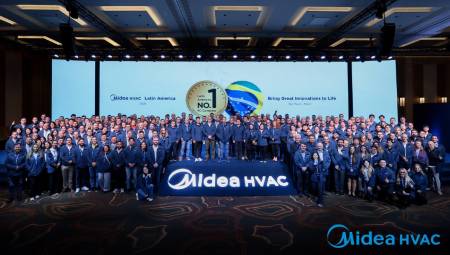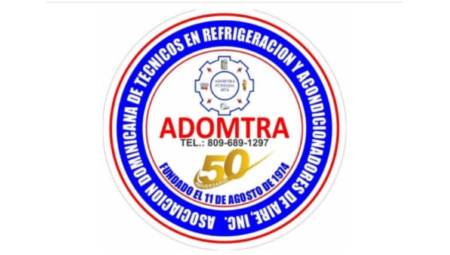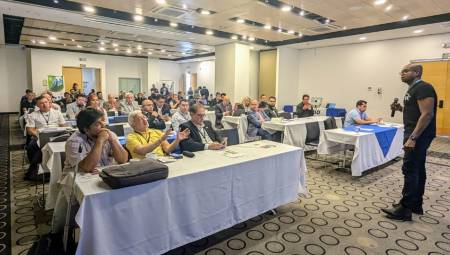By: Julián Arcila
Interview with a subject matter expert
Since the Rio Summit of 1992 began to strongly promote concepts related to sustainable development and sustainability, many sectors were joining this crusade and were introduced to what the same concept implied. Construction was not alien to this and numerous organizations and professionals were given the task of analyzing the impact that construction had on the finances of countries, but also on the expenditure and consumption of natural resources.
The conclusions of the investigations had pros and cons, because if on the one hand it was determined that in each country construction generally constitutes an important part of the Gross Domestic Product (for 1998 this sector represented between 10-12% of the GDP of the European Union, according to what was expressed by Dr. Christian Patermann, of the European Commission, at the IBC World Construction Congress of the same year), so much so that in some nations such a contribution can reach 25%.
However, there are also cons; the construction and environmental building industry are the main consumers of resources, energy and materials. Not to go too far, in Europe, a region generally characterized by its environmental awareness and concern for natural resources, it is estimated that buildings consume about 40% of total energy, as well as are responsible for 30% of CO2 emissions and 40% of the waste produced by man.
With all the above, from various international levels it has been called to focus on sustainable construction as a way for this industry to respond towards the achievement of sustainable development from various environmental, socio-economic and cultural aspects, all with the aim of growing, covering the housing and commercial needs of the present, without jeopardizing the ability of future generations to do the same.
Therefore, AC/R LATINOAMÉRICA interviewed Gerrit Reinders, director of johnson Controls' Global Energy and Sustainability programs, to share some of his impressions of the current planet and the acceptance that Latin America has in relation to these concepts.
AC/R: Gerrit. The world is focusing heavily on sustainability today, but what about Latin America? How have you seen the acceptance of these concepts?
Gerrit Reinders: I was in South America at the end of May and the beginning of June. I spoke at a congress where I had the opportunity to meet between 60 and 70 architects. The same happened in Argentina and Chile. Although I do not have much data yet but adding this with the experience I have had in Mexico I can say that there is a greater awareness on the issue of green buildings and the impact they have on the outdoor environment and on resources such as energy and water consumption; buildings consume a lot of water, steel, glass, electricity. Making a comparison of my previous trips to Latin America I can assure you that consciousness is as high now as it never was before. I have lived in Latin America, Peru and Costa Rica and I have been able to see how buildings have changed; today the appearance of a building in Latin America is not very different from what they have in North America, but the important thing is not that, because you can not say how green a building is by its appearance, but what goes inside and the equipment that is used. Fortunately, companies that are dedicated to promoting green buildings with their technology are currently enjoying a better acceptance in this region.
A: What is the biggest challenge facing the building technology industry today with respect to the global interest in greener construction?
G.R.: Well, there are challenges and many opportunities. The numbers in Latin America are similar to those in North America: for every new building that is built there are about 100 already existing and this is a great opportunity, so it can be said that the opportunity to do things better and transform the segment of buildings towards the green is to work with the old buildings. Now, the challenge is how to convince the owners to convert the old buildings into green buildings, because this is a smart thing, no doubt.
A: What would be those economic sectors that would be able to promote the development of green buildings in Latin America?
G.R.: That's a good question. Perhaps it would be the corporate clients who build and equip their own buildings and who are interested in their collaborators and those who work in those spaces; it is easier to sell the concept of a green building to those who have a long-term interest in that building and who are interested in the quality of life of the occupants of that place. Now, in the other hand we have the developers, whose interest is to raise a building as soon as possible and equip it in the same way to sell it. In this way the dynamic to convince a developer to raise green buildings is different and could go a little slower than in the case of corporate clients. Another sector with great opportunities would be what I call the "public sector", composed of government buildings: there is a great possibility there, because they invest in construction, but they also have to spend on maintenance. Converting old public buildings into green lots would represent huge savings.
Well we can not leave aside the sector of hospitals, because they operate 24 hours a day, seven days a week. However, the possibilities are many and in different sectors.
A: Let's go back to Latin America. This region is very price sensitive; How to promote this technology when it has traditionally been thought that erecting a green building would be more expensive than a conventional one?
G.R.: This is a very common impression that people have regarding green buildings. 10 years ago it was true, because you did not see carpets made with recycled materials, nor were there energy-efficient coolers or motors, as well as other sustainable materials such as paints. Today there are dozens of options for each of the products that goes inside a building, so the argument that raising a green building will be taller by its same condition is not entirely true and I will tell you why: when an investor hires staff with experience in the development of green buildings and these professionals in turn choose the right materials there is no reason to think that it would be more expensive.
There are many examples that you could look at, but what happens is that investors hire the architect you always use and it would be lucky if you have experience and can apply it in the project you are talking about; so if you don't take advantage of natural light or natural air flows when you're designing you can no longer go back to change it.
The above are the parts of the interview held with this expert in his offices in Mexico City at the beginning of last September. From what Reinders said, there are many conclusions, fundamentally summarized in that to change the trend and enter the horizon of green buildings you only have to take the first step, because the myths regarding these processes are too harmful and end up distorting the industry itself. "Do the first and then the second and you'll be personally amazed at how easy this process is."
The invitation then of this medium is to be interested in this trend; on the Internet there is a lot of information that can be consulted to approach the implications and advantages of this technology.




